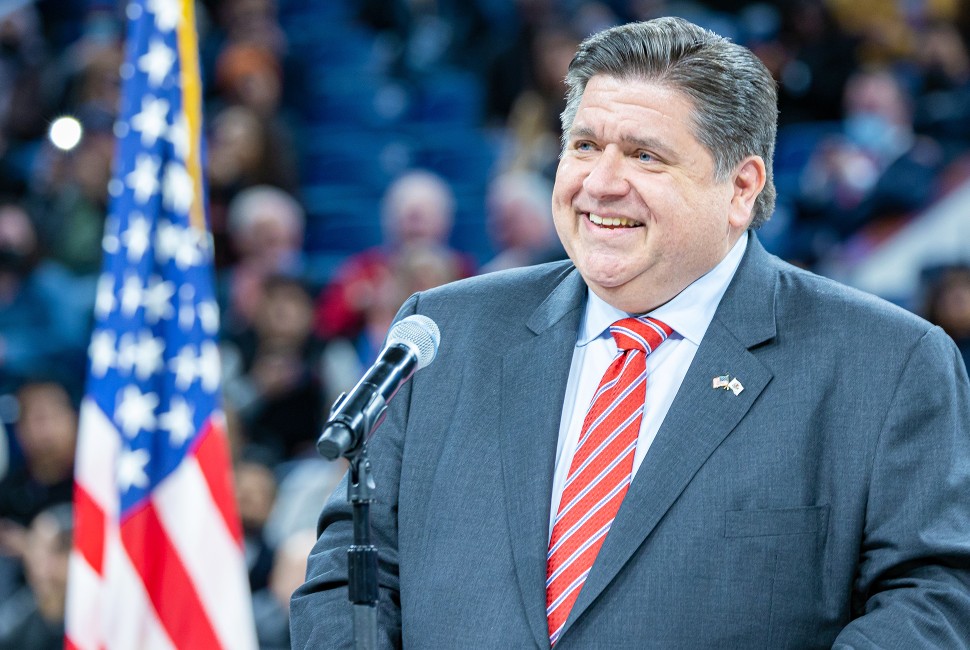Over the past five years, the Knox College student activity fund has decreased $77,000, a 16% decrease, despite an increase in the student activity fee.
Knox students pay the student activity fee every year as a part of their tuition and expenses. Before 2021 it was $384 a year. In 2021 it was increased to $393. This fee goes into the student activity fund, which is allocated by Student Senate.
The following data was collected from the Student Senate proposed budgets, meaning that these were not the final approved budgets, but they give a good understanding of where the activity fund budget stands. 
The budget from 2020-2021 was not able to be acquired.
The fund is directly tied to college enrollment, which has been dropping dramatically over the past five years. Enrollment began to drop slowly in 2014, and dipped below 1,300 in 2019, and the student activity fund dropped with it
Vice President for Student Development and Interim Dean of Admissions Dr. MarQuita Barker told TKS last year that the administration would like to see enrollment return to about 1,400 by 2026.
“In order to do that we need to have our incoming class be about 350 a year” she said.
But this year’s total enrollment is only 1,050, which is less than last year’s 1,073. This first year class is the smallest class in decades, with only 264 students.
The college increased the student activity fee in 2021 to try and offset lowered enrollment, but the impacts of the smaller activity fund are still stark.
The activity fund covers several broad categories of student organizations, almost all of which have seen declines.
Union Board (UB) consistently receives the most money – which covers board member stipends, Flunk Day, and all other UB events. In 2018 UB had a total budget of $140,700. This year their budget is $118,370 reflecting the downward trend
The Broadcasting and Publications category includes stipends/salaries and operations for all campus publications: TKS, Catch, WVKC, Quiver, X Journal, and Cellar Door. This category has seen the largest decrease from a total of $140,000 in 2018 to $113,229 this year, or a decrease of 19%.
Club sports currently covers expenses for the equestrian team, ultimate frisbee, water polo, the cricket team, and the fencing team. This category has seen an increase in funding over the past five years, going from $40,000 in 2018 to $53,692 this year. An increase of 34%, contrary to the trend of declining budgets
Student Senate’s budget covers senator stipends, the budgets utilized by theme houses, and money for Student Senate to host events. This category has seen an 205% increase these past five years. Up until 2021 the Senate budget only covered senator stipends. A change was made to add a Senate general fund in 2021 so Senate could host their own events and give a budget to the theme houses.
Honor Board member stipends and the Student Development and Enhancement Fund are both sponsored by the student activity fund as well. The Honor Board stipends have been unchanging over the past five years. The Student Development and Enhancement Fund has decreased by a third, about $10,000.
All other budgeted clubs are categorized together as they receive substantially less money. There are currently about 100 budgeted clubs on campus all looking for a piece of this $94,000 pie. This budget has shrunk by only 2%, about $2,000 over the past five years.
Assistant Dean of Campus Life Jacob McLean says that the number of clubs on campus over the last several years has stayed constant, even while the amount of money in the pot shrinks.
“When the number hasn’t changed that means we’re dividing money in ways that doesn’t necessarily help,” he said. “the list of orgs keeps growing and the money just splits.”
In recent years, Student Senate has been operating under a deficit as well – meaning they are allocating more money than they have. 
In 2021-2022 the deficit was $27,192, before Student Senate cut their own Senate general fund by $10,600 to reduce it.
This year the deficit is $82,566, which is 20% of this year’s total budget.
Unless enrollment increases soon, the problem of the decreasing activity fund will continue to grow.








